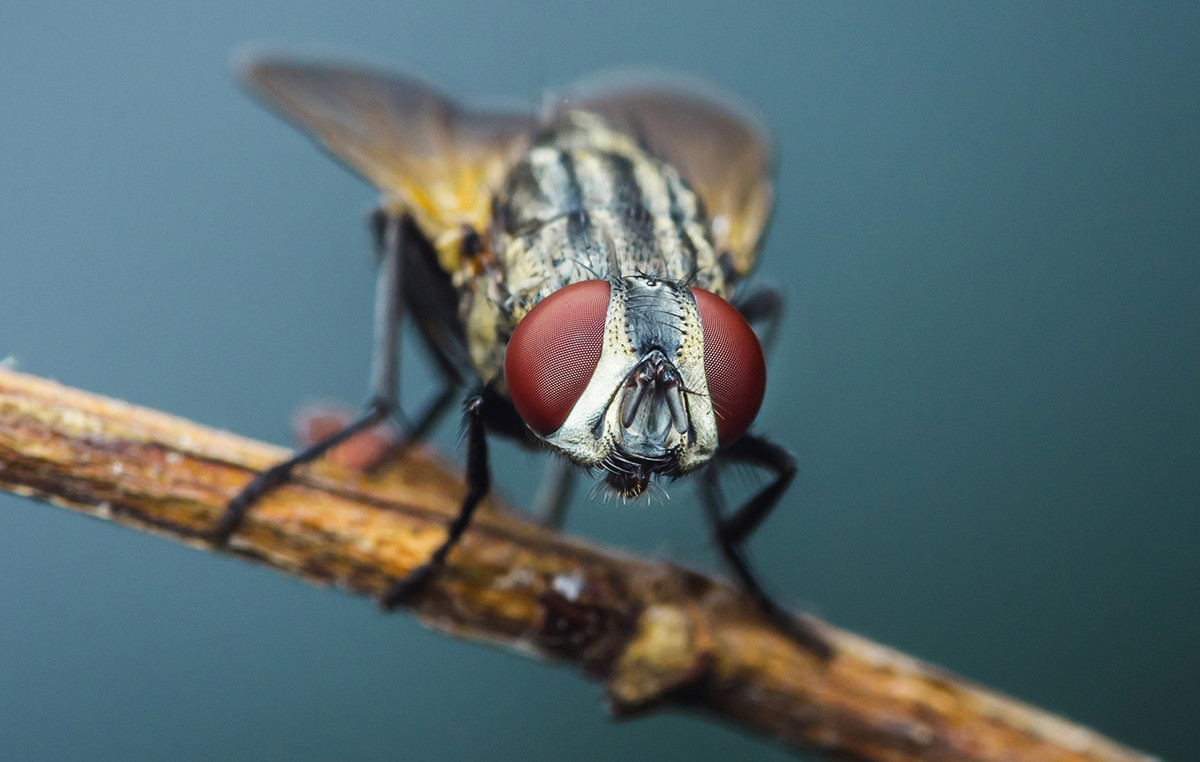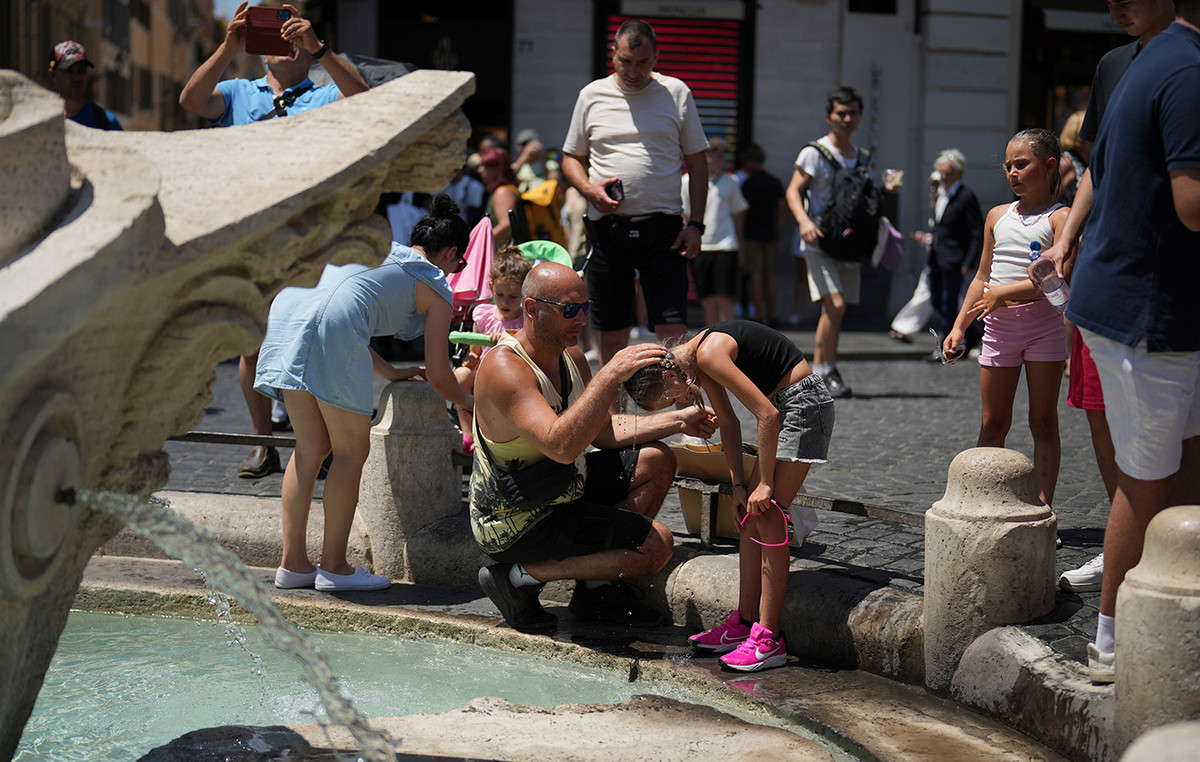August started with a bright supermoon and will end the same way, with a Blue Moon that will light up the night sky this Wednesday (30). The ringed planet Saturn will also make its closest and brightest appearance of the year near the Moon.
The full moon will peak at 10:35 pm ET, but will appear full until Friday morning, according to NASA.
In late twilight Wednesday night, around 9:42 pm ET, Saturn’s bright glow will appear about 5 degrees in the upper right corner of the Moon. Throughout the night, Saturn will appear to move clockwise around the Moon, according to NASA. At their closest point, the two will appear to be four full moons apart, according to EarthSky.
Saturn reached opposition on Aug. 27 as Earth moved between it and the Sun, meaning the ringed planet is at the closest point in its orbit to our planet and therefore visible in our night sky.
Both August full moons can be considered supermoons, according to EarthSky. Definitions of a supermoon can vary, but the term generally denotes a full moon that is closer to Earth than normal and therefore appears larger and brighter in the night sky.
The moon will be 222,043 miles (357,344 kilometers) away from Earth, nearly 18,000 miles (28,968 kilometers) closer than its average distance.
Some astronomers say the phenomenon occurs when the Moon is at 90% of perigee – its closest approach to Earth in orbit.
The supermoon could play a role in Hurricane Idalia, raising the tides and making the storm worse. Due to this supermoon’s proximity to Earth, its gravity will have a stronger effect on the oceans.
See images of Hurricane Idalia in Florida:
Source: CNN Brasil
Charles Grill is a tech-savvy writer with over 3 years of experience in the field. He writes on a variety of technology-related topics and has a strong focus on the latest advancements in the industry. He is connected with several online news websites and is currently contributing to a technology-focused platform.







